Australia’s reliance on sending waste overseas for recycling is fuelling a crisis in the industry
Australia’s appetite for sending waste overseas for recycling has created a huge problem that we are running out of time to fix.
When the average Aussie puts a plastic bottle in their yellow bin they expect it to be recycled and made into a new product.
But the fate of this plastic bottle is not so simple.
Recycling is a feel-good act that Aussies do daily but, the truth is, much of the material collected for recycling is sent overseas.
Companies will collect and sort it in Australia, but then vast amounts of materials are sent to countries such as China, Indonesia and Vietnam, apparently to be processed and made into new products or reused.
Almost half of the metal, plastic, paper and cardboard that Australia recycled in 2016-17 was shipped overseas for processing.
This included 70 per cent of recycled plastic, 43 per cent of recycled metal and 43 per cent of recycled paper and cardboard.
This reliance on sending our waste overseas for processing meant that when China introduced tough new restrictions on January 1, 2017, it sent Australia’s recycling industry into crisis.
China decided to reject material that was contaminated with too much other waste so the amount of material Australia could send there plummeted by 40 per cent, or a staggering 1.25 million tonnes between 2016-17 and 2017-18.
News.com.au has launched its series What a Waste to coincide with Planet Ark’s National Recycling Week, highlighting the impact single-use plastics have on the environment and encouraging readers to reduce their personal waste.
After China introduced its recycling restrictions, companies that couldn’t find somewhere else to send their recycling were forced to stockpile the materials, creating a potentially hazardous situation.
There have been a number of fires at recycling facilities in the past few years including one massive blaze at a Melbourne warehouse that eventually saw one of Australia’s biggest recyclers, SKM, go into receivership.
RELATED: Supermarkets questioned over plastic packaging
RELATED: Amazing device we need everywhere
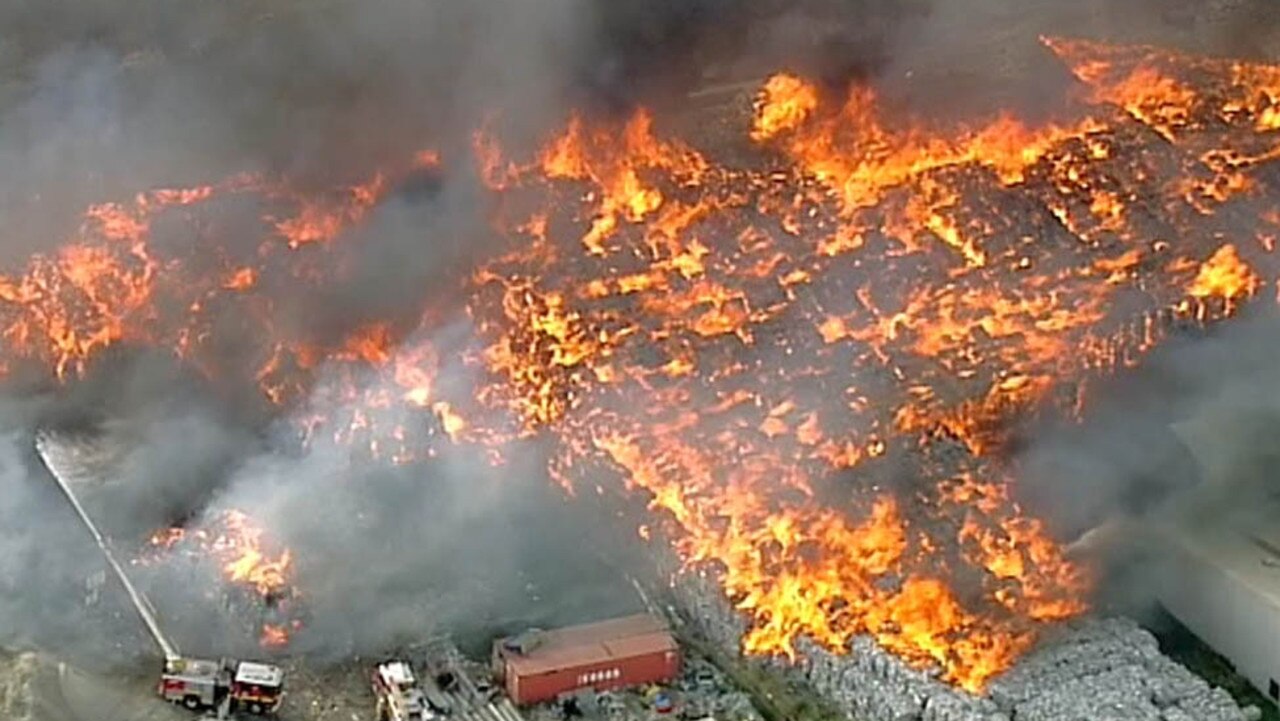
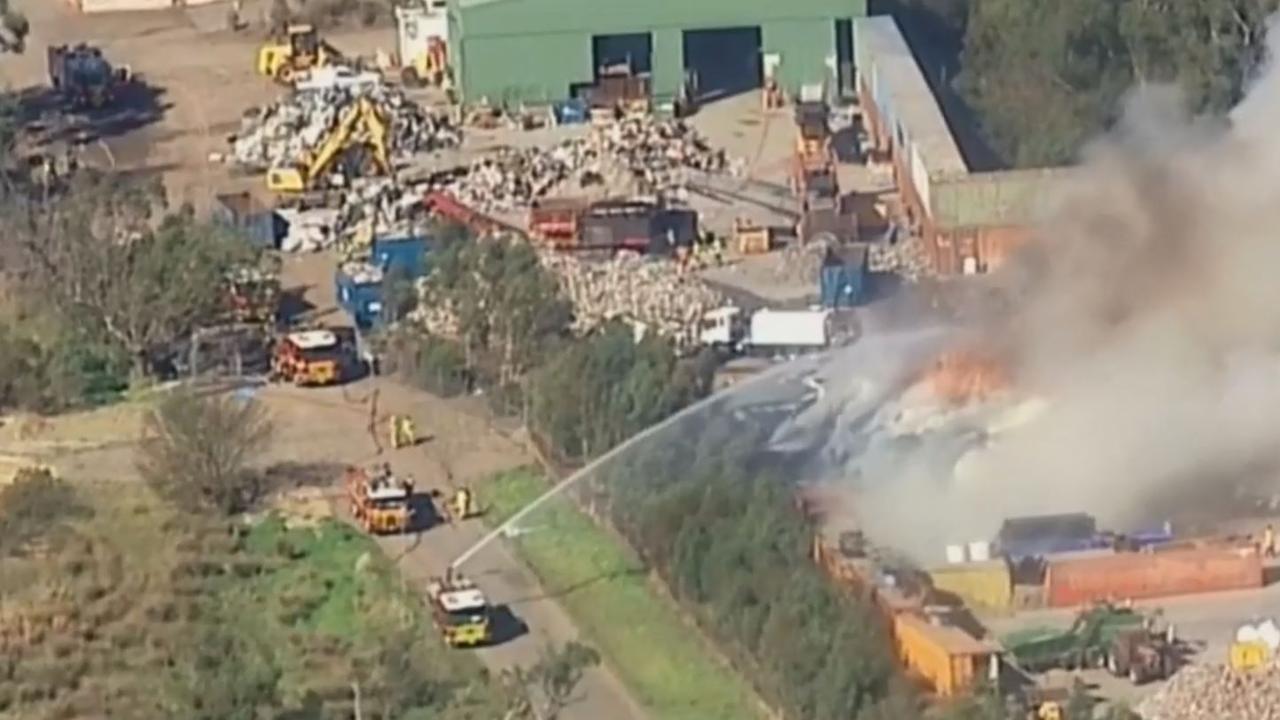
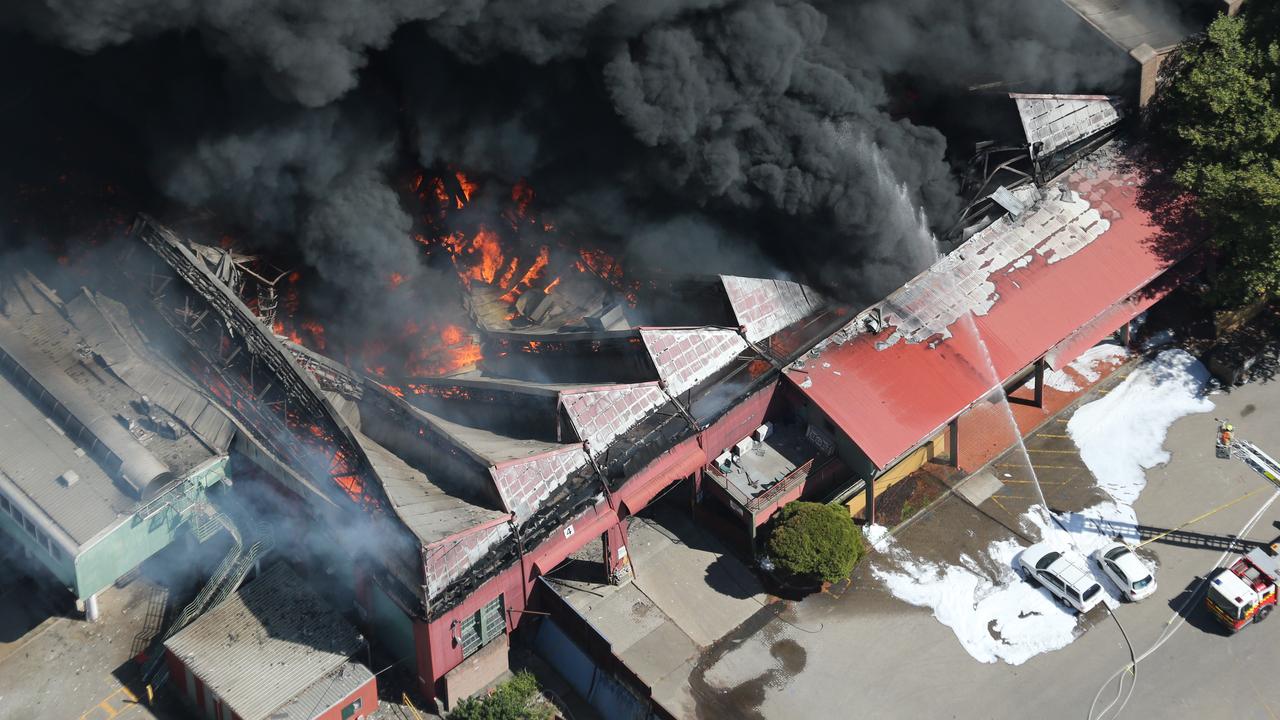
Almost two years after China’s changes came into effect, those in the industry say the problems have still not been fixed.
In fact, exports overseas have actually increased.
Last week, the state and federal governments unveiled an ambitious timeline to ban exports of glass, plastic, paper and tyres within three years.
The export of waste glass will be banned by July 2020, mixed plastics by July 2021, whole tyres by December 2021 and other products including paper and cardboard by June 30, 2022.
But those in the industry say governments are not moving fast enough and there is not enough detail about what Australia will do with all the recycled material it will eventually produce.
Instead of drowning in waste, Australia could one day drown in recycled material.
WHAT A WASTE
Compared with other developed economies, Australia generates more waste than average and recycles less.
Australians produce about 560kg of waste per person every year, which is about half the weight of a small car.
Most of this is sent to landfill and less than half is recycled, according to figures for 2016-17 in the National Waste Report 2018.
And Australia’s waste also continues to grow.
The amount of rubbish generated by households grew by about 7 per cent in the 11 years from 2006-07 to 2017-18.
Fortunately, Australia’s recycling has also improved, with the amount of material being recycled growing by 31 per cent. Better access to recycling services including organics has contributed.
But Australian companies appear to have dealt with the China crisis by shipping material for recycling to other countries instead.
In 2017-18, the amount of material sent overseas actually grew by 2.3 per cent to reach 4.3 million tonnes.
Countries such as Indonesia, Vietnam, India, Malaysia and Thailand are now taking Australia’s waste for processing but China remains the biggest destination for our rubbish.
The reason why Australia sends this material overseas is because it can’t sell it in the country.
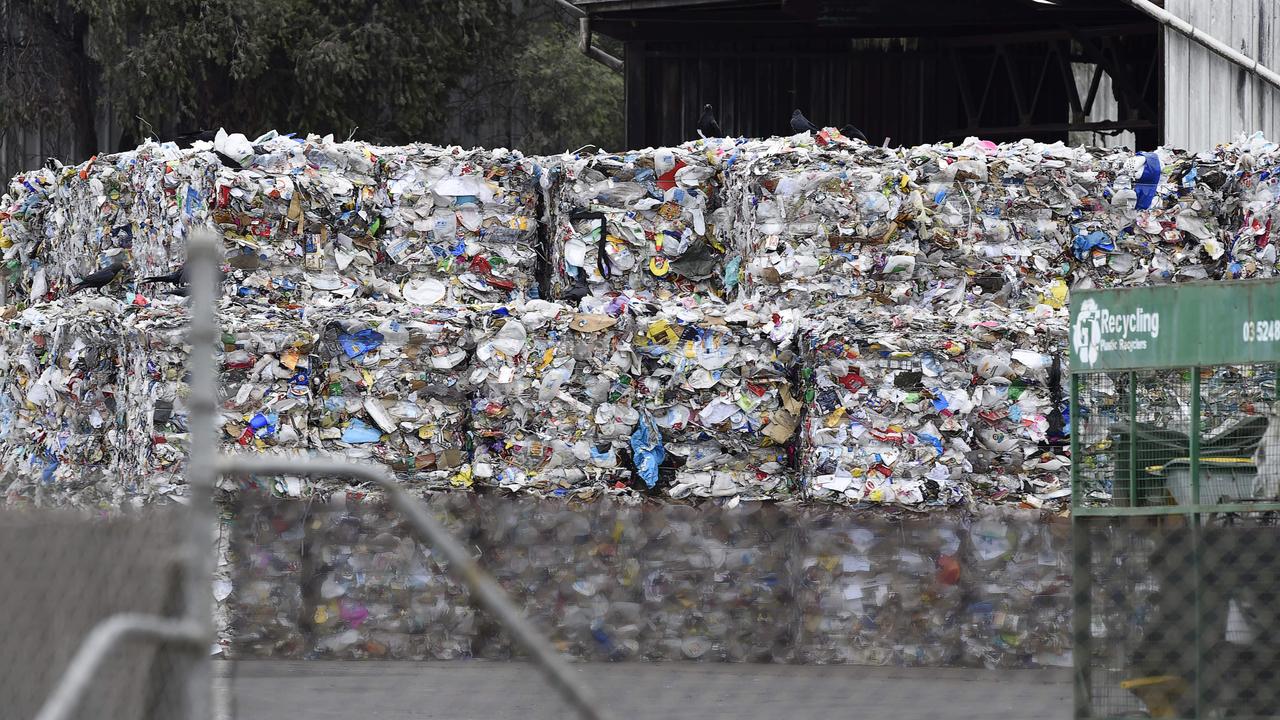
THERE’S NO USE FOR IT
Even before China changed its rules, recyclers in Australia were finding it hard to sell their products.
Glass is a great example of this.
About 57 per cent of glass is recycled and Australia processes most of this locally but much of the glass that is collected from households can’t be recycled into new bottles because it gets smashed into small pieces.
To recycle glass, it needs to be separated by colour into either green, brown or clear categories.
Ideally this is then recycled into new bottles and other products.
When glass is in tiny pieces smaller than 10mm it’s not possible to separate into colours, and it’s also contaminated with other food waste, paper, plastic or metal.
One of the only uses for this glass is for it to be processed back into sand for use in the construction of roads.
However, the federal, state and local governments that build most of Australia’s roads aren’t always comfortable with using this recycled sand and many of them don’t.
It’s just one example of the complexities of recycling, with companies needing to find solutions for each material.

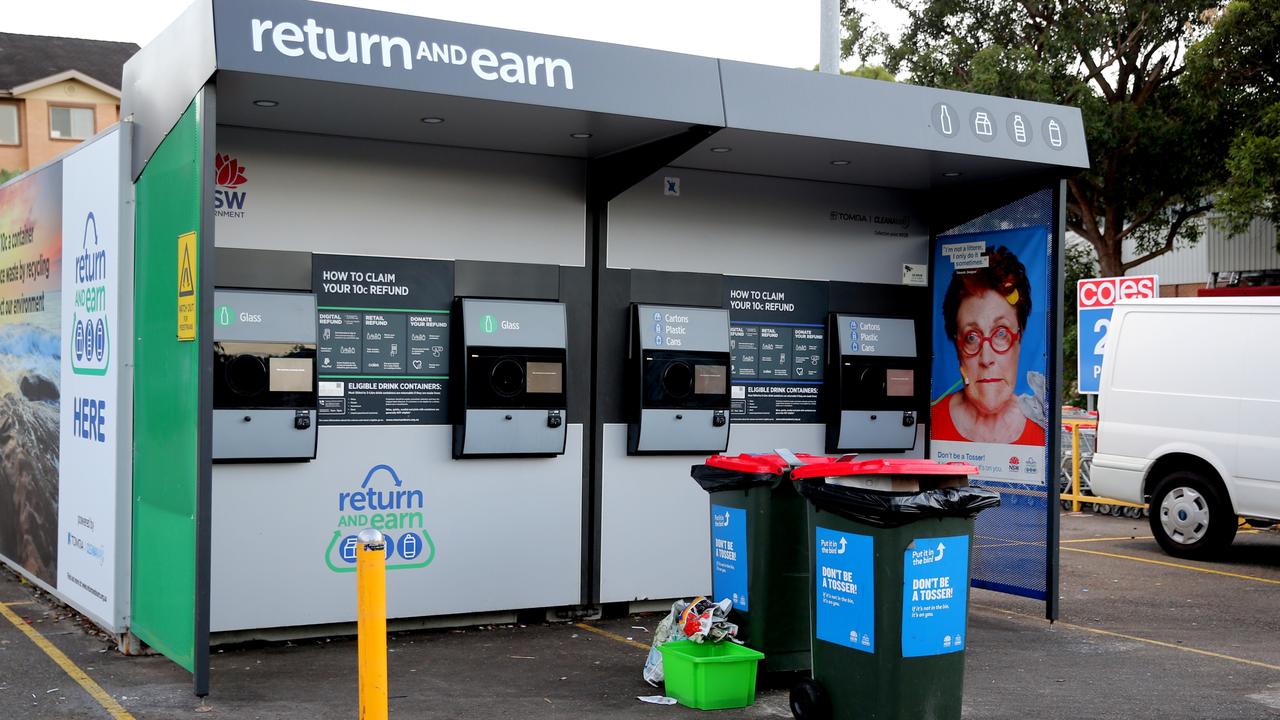
Plastic is likely to be one of the biggest challenges as only 12 per cent of plastic in Australia is recycled and 70 per cent of this is sent overseas.
There are seven different types of plastic that may involve require different methods for recycling and offer varying potential for reuse. Even if it is recycled in Australia, there is no requirement for companies to use locally sourced recycled plastic.
The big fear is that governments won’t do enough to drive demand for recycled products through things like changing their procurement rules or introducing a product stewardship scheme.
“You can’t ban something if you don’t have somewhere for it to go,” Waste Management and Resource Recovery Association Australia (WMRRA) chief executive officer Gayle Sloan told news.com.au.
“We’ve still got challenges to find homes for the (recycled) product.
“The government is not acting fast enough.”
Ms Sloan said creating a recycling industry in Australia would create jobs, with a 2018 Senate inquiry into waste and recycling hearing 9.2 jobs could be created for every 10,000 tonnes of waste recycled.
Before the federal election, Prime Minister Scott Morrison announced a $166.8 million investment into the recycling industry. This included $100 million to support manufacturing of lower emissions and energy-efficient recycled content products, as well as $20 million to find new solutions to plastic recycling.
While Ms Sloan has welcomed the increased investment and focus in the areas, she believes more needs to be done.
‘IT’S EASIER TO DO WHAT THEY’VE ALWAYS DONE’
There are many different ways Australia can encourage more recycling and they all come down to collecting more waste and using more recycled products.
The government can set targets for the use of recycled material in products and the packaging of products.
Last year federal and state ministers agreed to an ambitious target that 100 per cent of Australian packaging be recyclable, compostable or reusable by 2025.
The target also aims to have at least 30 per cent recycled material in packaging.
While this is a positive step, National Waste Recycling Industry Council (NWRIC) chief executive officer Rose Read said the 30 per cent target did not distinguish between different materials and was therefore too low.
For example, on average there was only about 2 per cent of recycled plastic in packaging but the high rates of recycled paper and metal compensate for this.
She believes there should be a 30 per cent target for each different material.
Both WMRRA and NWRIC believe governments should set mandatory targets for recycled products to be used in packaging and other products.
If companies are forced to use a certain amount of recycled material in their packaging and other products, this will create demand for things like recycled plastic.
But not everyone supports efforts to force companies to use a specific amount of recycled material.
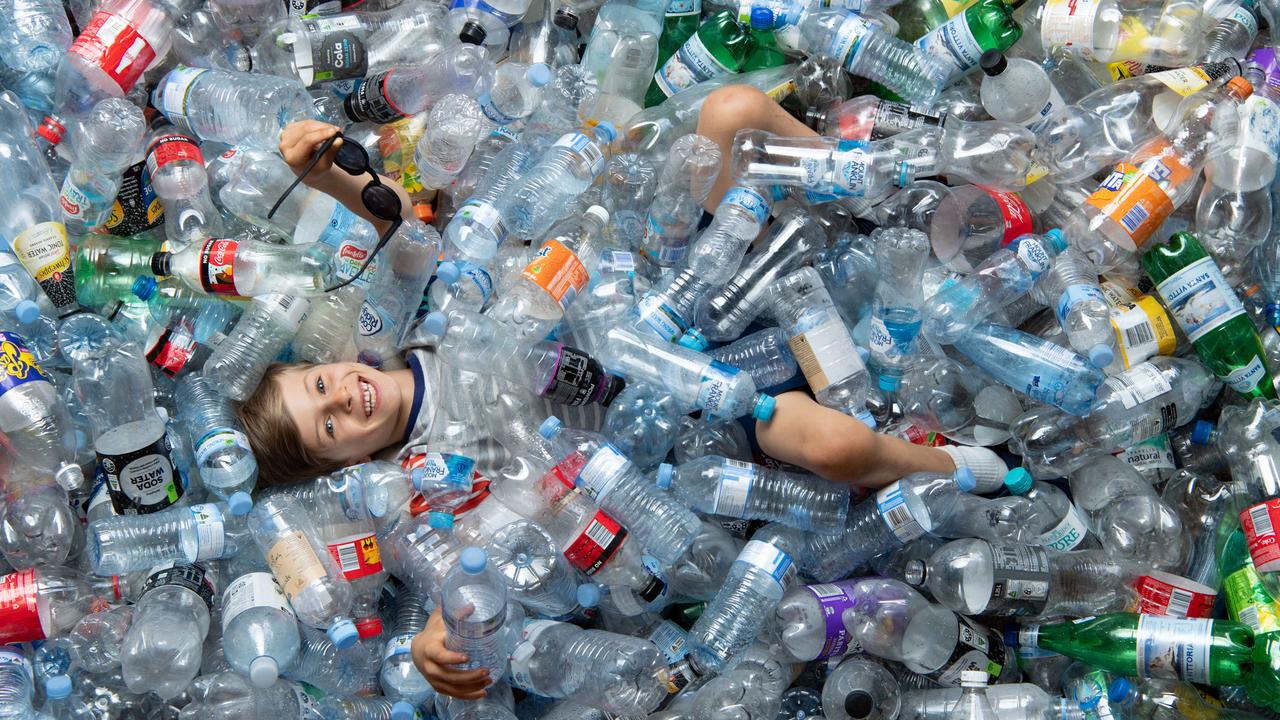
Within the building industry, Peter Murphy, the managing director of recycling and industrial services business Alex Fraser, believes it would be more effective to concentrate on improving specifications.
Alex Fraser recycles pieces of glass into sand used in the construction industry.
“If they mandate a minimum level of recycled material, there could be a huge blowout in costs, would the community accept this?” Mr Murphy asked.
Mr Murphy told news.com.au new specifications for building materials were often too complex and created separately to existing regulations. He believes small changes should be made to existing specifications instead to make it simpler for companies to use recycled material and give engineers the confidence to do so.
“Typically the industry hasn’t been incentivised to take what they see as a risk,” Mr Murphy said.
“If there is something in an organisation that they have always done, it’s easy to continue doing the same.”
Another way to drive demand for recycled materials is for government to start buying more of these products itself.
Ms Sloan said procurement policies could be complicated but the most simple change would be for governments to buy recycled products when they are available, instead buying virgin products.
For example, councils can buy street furniture and playground equipment made from recycled materials.
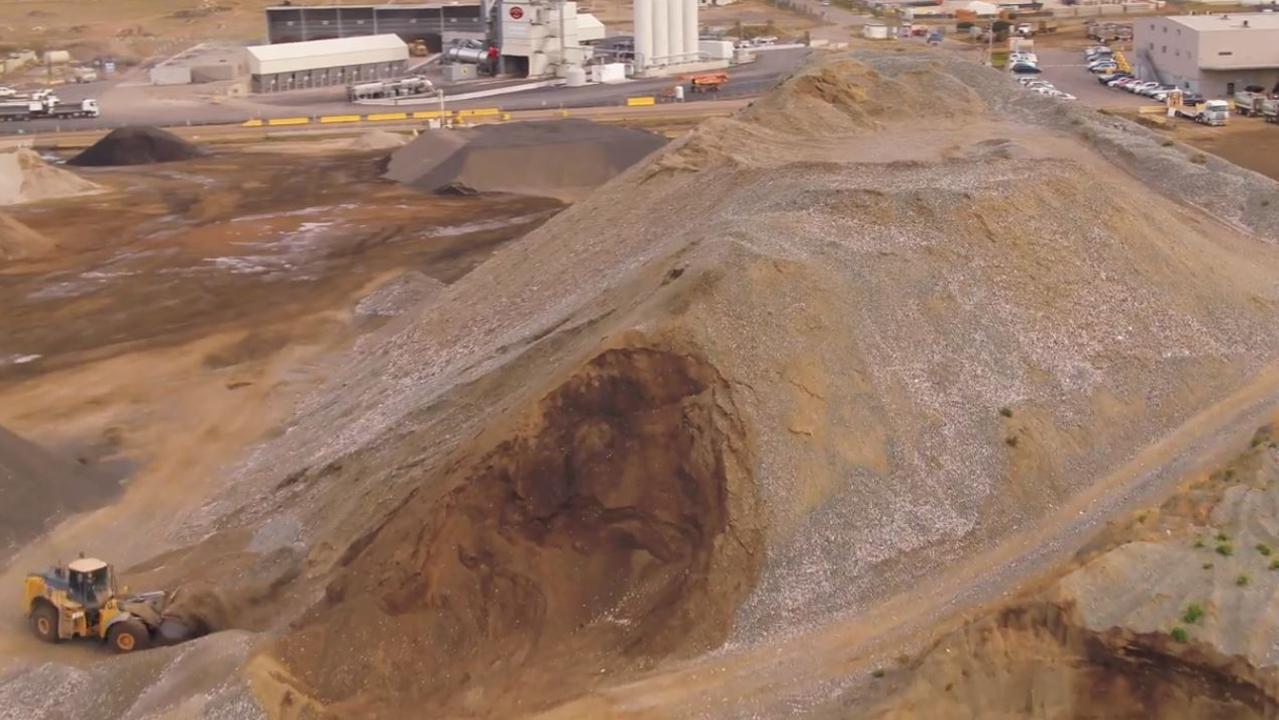
COMPANIES SHOULD TAKE MORE RESPONSIBILITY
Another important element to creating a circular economy is to make companies more responsible for how their products are disposed of.
There are already product stewardship programs for things such as televisions and computers (90 per cent of which must be recycled) as well as mobile phones, paint, tyres and other products.
This has seen programs emerge that allow people to drop off old computers at places like Officeworks for recycling, for example.
These programs also encourage companies to design their products differently so they can be recycled or repaired more easily.
But they are only voluntary and Ms Read said there were no penalties for companies that didn’t reach the targets set.
A 2018 Senate inquiry into waste and recycling recommended that stewardship programs should be made mandatory and be extended to cover other products such as mattresses, tyres and the entire range of e-waste including batteries, as well as photovoltaic panels.
Ms Read believes a stewardship program for packaging should also be made mandatory.
Placing some responsibility on companies that produce the products shifts the cost burden away from government and taxpayers.
If recycling and waste management is only seen as matter for councils and other governments, then ratepayers will continue to cover the costs of collecting and recycling waste.
While the Morrison Government has not yet indicated whether it would support a mandatory program, it has provided $20 million for a new Product Stewardship Investment Fund to fast-track work on new industry-led recycling schemes, including for batteries, electrical and electronic products, photovoltaic systems and plastic oil containers.
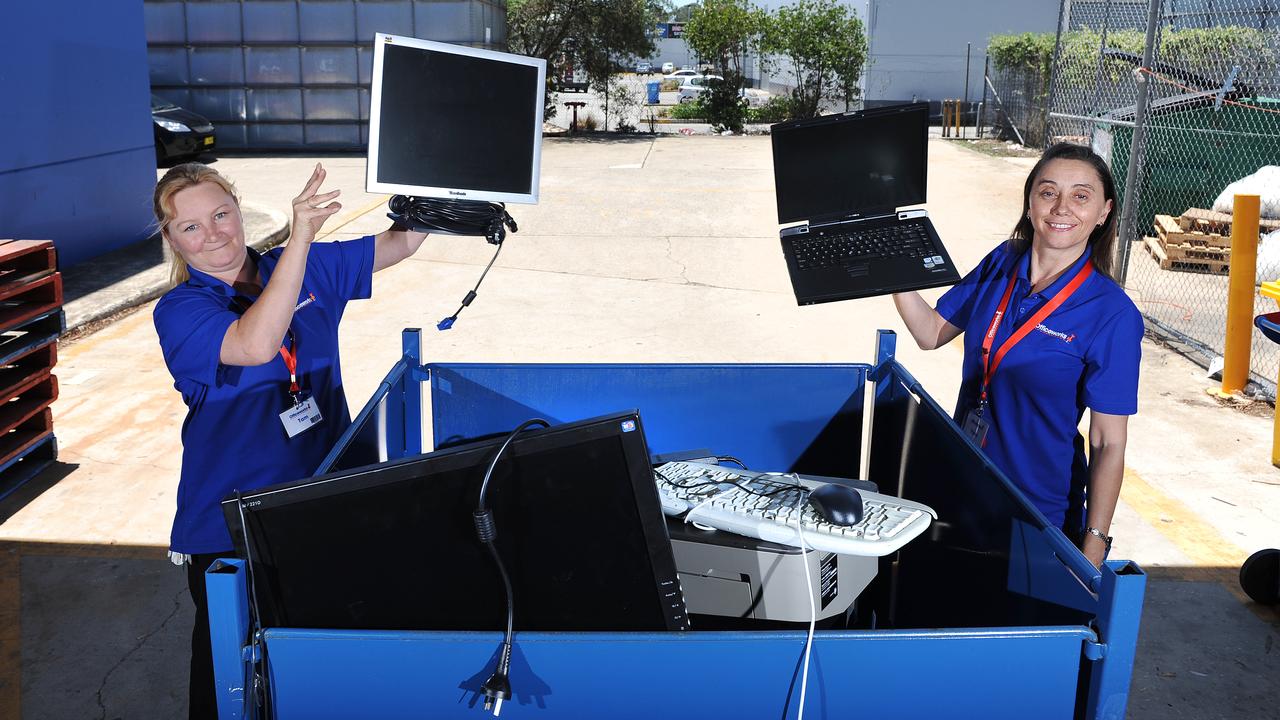
NOT MOVING FAST ENOUGH
While there have been some encouraging announcements, there is still a lot to be done if Australia hopes to become a circular economy and successfully introduce a ban on exports of material for recycling.
The WMRRA said there was a “very difficult path to travel” if Australia was going to develop significant reprocessing centres for paper and plastic within the next 18 months without any certainty about who was going to buy the recycled material.
“The intention here is absolutely correct and strongly supported, although the devil will be in the details for this to be a success,” Ms Sloan said.
She said there was still a “real and imminent risk” that the ban would do nothing but send more rubbish to landfill as there was a lack of focus and funding on how to use the recycled material, especially packaging.
Ms Sloan said the WMRRA continued to question how Australia could meet these targets without developing stronger requirements that could create market demand for recycled materials, investment in recycled materials and putting more responsibility on those who made products.
She said it was disappointing that environment ministers who met in Adelaide last week did not endorse a mandatory stewardship scheme for packaging, as it was time to accept the voluntary scheme had not worked.
The NWRIC believes problematic plastic that can’t be recycled or reused easily, such as polystyrene and PVC, should also be banned.
Eventually single-use plastics may be phased out altogether.
Some states such as Queensland are already considering this and the Senate inquiry recommended phasing out the use of petroleum-based single-use plastics by 2023, which could include takeaway containers, chip packets and coffee cups with plastic linings.




